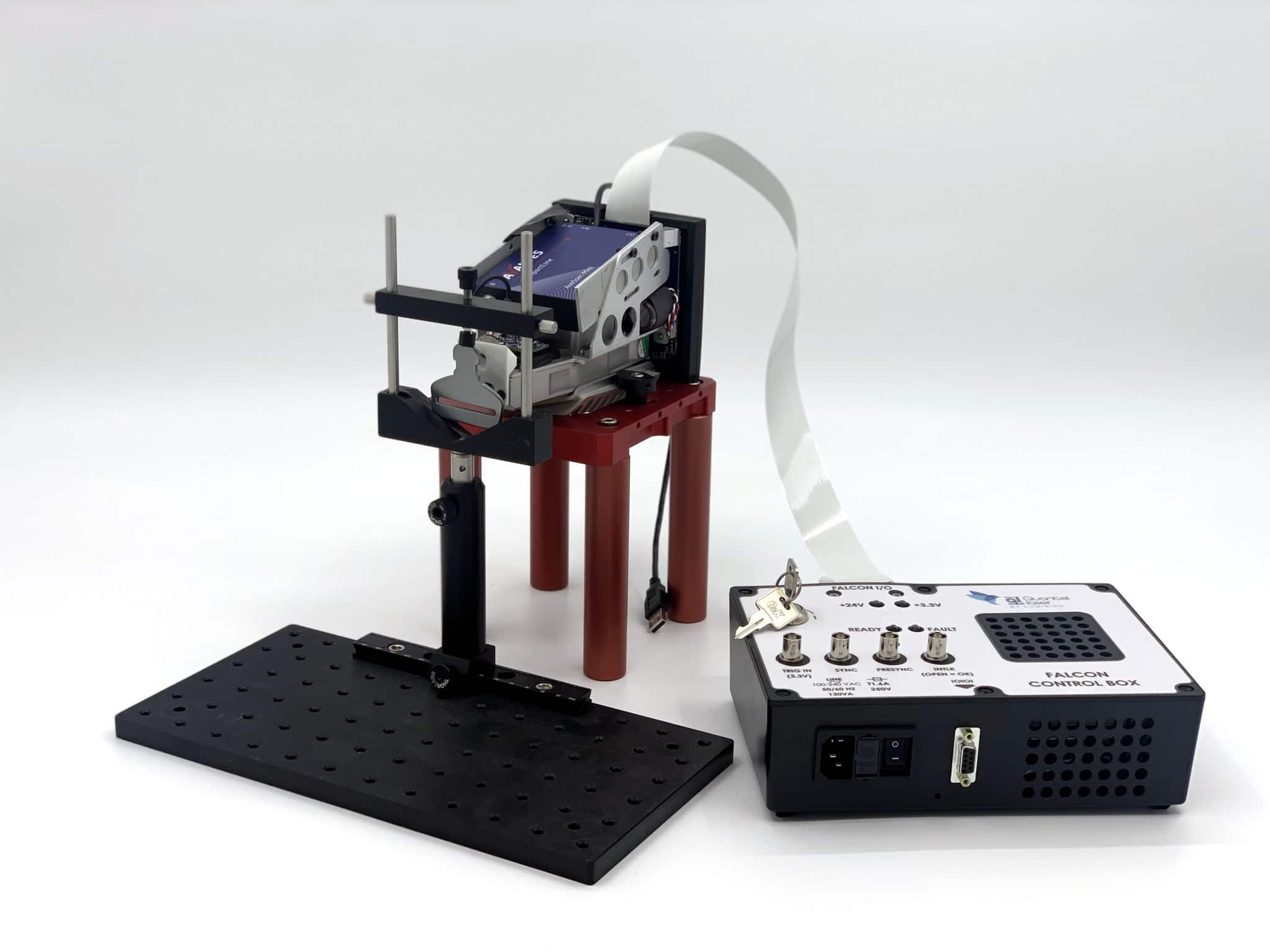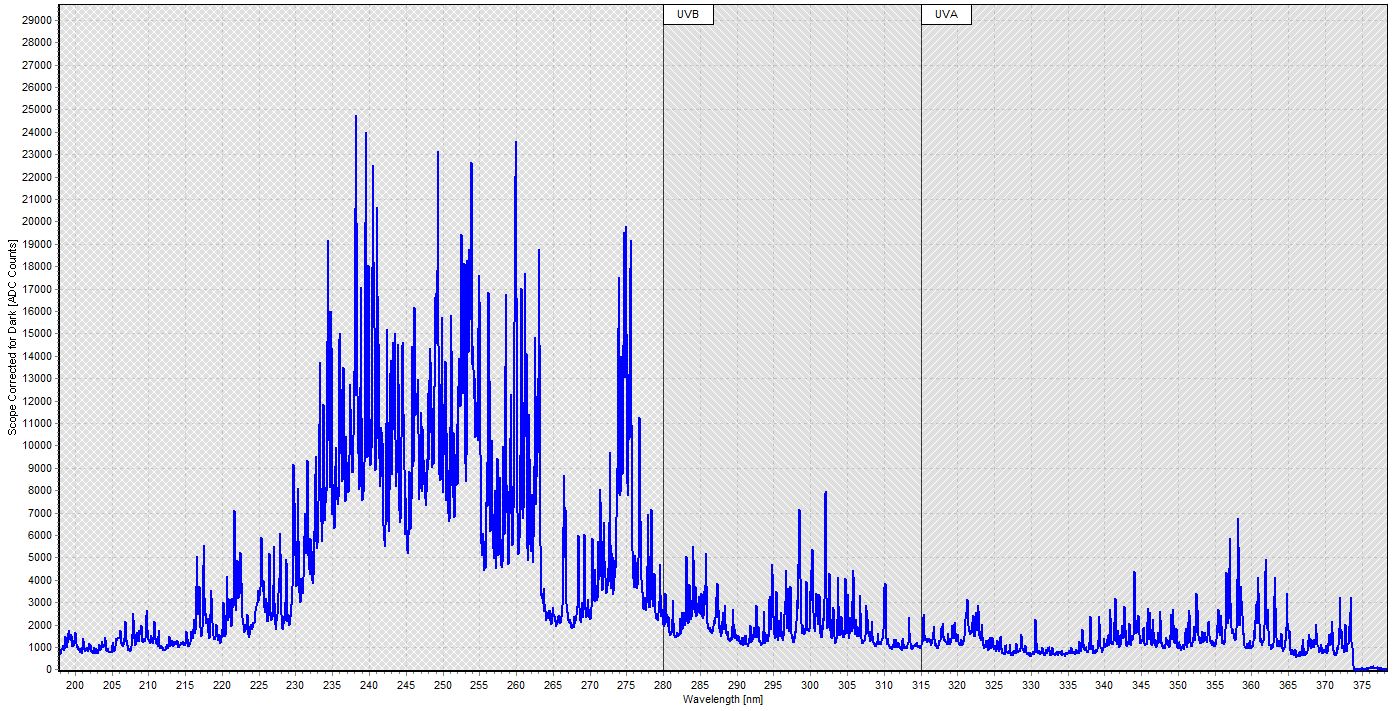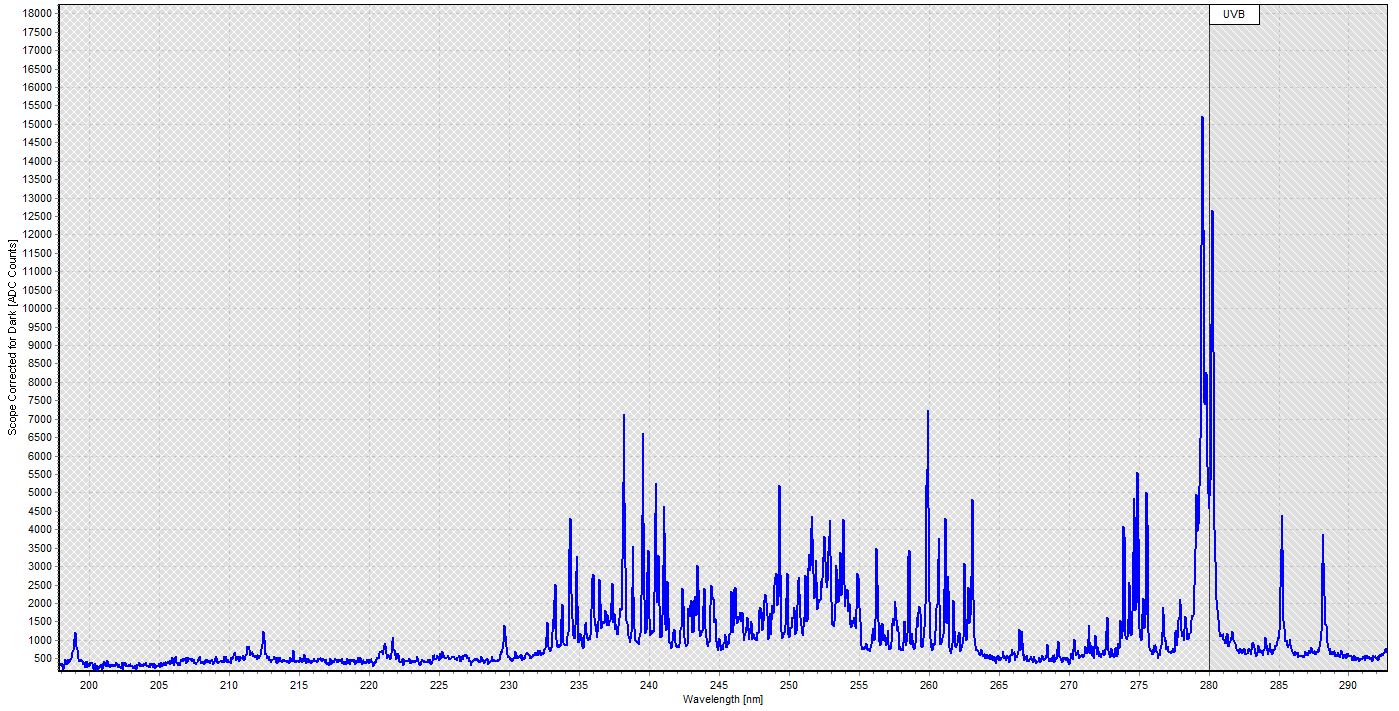Spectral Analysis of Rocks Using LIBS Spectroscopy
Spectra of the Month (April, 2022)
Conducted by: David Ademe (Applications Engineer), Avantes Inc.
Theme: LIBS
Background/Applications:
Laser-Induced Breakdown Spectroscopy (LIBS) is a type of atomic emission spectroscopy which uses a highly energetic laser pulse as the excitation source. The laser is focused to form a plasma, which atomizes and excites samples. The formation of plasma begins when the focused laser achieves a certain threshold for optical breakdown. This can be performed on any state of matter as all elements emit light of characteristic frequencies when excited to sufficiently high temperatures.
LIBS is an excellent spectroscopic technique for identifying different types of metals and minerals. In this experiment, several different geological samples have been tested to determine their unique

Figure 1: The setup of the experiment.
Description of Methodology:
The setup for this experiment incorporates the Falcon Laser, courtesy of Lumibird, and the Avantes AvaSpec-Mini spectrometer into a single, compact package. The spectrometer is mounted directly to the laser, with a short fiber connected to the Mini, with the receiving end lined up with the focal point of the laser to acquire LIBS spectra. The AvaSpec-Mini used in this experiment is optimized for the UV range.
The new generation, our AvaSpec-Mini MK-II series (AvaSpec-Mini2048CL and AvaSpec-Mini4096CL) is definitely one of the smallest types of spectrometers on the market today. In cases where size matters, the AvaSpec CompactLine family offers spectrometers with the smallest form factor. This enables easier integration of our spectrometers into machines and handheld devices. Squeezing down the size hardly compromises the performance of the instruments but limits the customer a bit in the number of possible configurations. Customization is possible when adequate volumes are needed. This makes the CompactLine especially suited for OEM users wanting to integrate a spectrometer into their own devices. The AvaSpec-Mini-CL series can be equipped with a 2048-pixel CMOS detector or our first-to-the-market 4096-pixel array. Enjoy the speed and enhanced native UV/NIR response of CMOS with an incredible resolution of up to 0.09 nm unavailable anywhere else. The low stray light design allows stray light levels from as low as 0.2% and the fast response time boasts data transfer speeds as fast as 4.6 ms/scan and integration times ranging from 30 µs to 50 s.
From Lumibird, the Falcon laser series was built for rugged applications and unpredictable environments where temperature and vibration would destroy most commercial lasers. A proprietary design, the Falcon provides eye-safe wavelengths in a compact yet robust package. Designed for battery operation in hand-held and mobile applications, this DPSS Nd:YAG laser features maintenance-free operation for years of hard use.
Description of Methodology:
For this experiment, the spectrometer was mounted to the laser. Using serial commands, we were successfully able to fire the laser. Once the laser began firing, data was collected through the LIBS module in AvaSoft. The LIBS module allows the user to configure a number of settings, such as the ability to sync the spectrometer scans with the laser pulses.
Test Data and Results:
The following images show the LIBS data from the samples that were tested: Opal, a meteorite, clay concretion, and hematite.
Analysis:
Comparing the collected data with a known LIBS database, these samples are emitting spectra as expected. As most of these spectra are from mineral samples containing different elements, it is possible to overlay the known LIBS spectra of different elements to determine what the material composition of the samples are.
Opal is a type of amorphous, hydrated silica with the chemical formula SiO2•nH2O. The water content can range from 3%-21% of the stone’s total weight but is typically between 6%-10%. With this information, we can compare the Opal LIBS spectra to the LIBS spectra of the chemical compositions.

Figure 6: Known LIBS Spectra of Various Elements
Based on figure 6, we can determine that silicon has a prominent peak at 288 nm, which is visible in our LIBS spectra. Charts such as this one can help LIBS researchers determine the chemical compositions of their samples.
The meteorite sample displays a wide range of peaks. The most common metals in asteroids are iron and nickel, but they can also contain rare metals such as platinum, gold, iridium, palladium, osmium, ruthenium, and rhodium at concentration several times higher than what is found on Earth. Overlaying the known LIBS spectra of these metals can allow us to easily identify the composition of the meteorite sample.
Conclusion:
The AvaSpec-Mini, in combination with the Falcon Laser, provide an excellent package for handheld LIBS applications, capable of obtaining extremely accurate and reliable data. If you would like to demo the setup or have your samples tested to see how the setup can benefit your LIBS applications, please contact your Avantes representative.
 My Cart
My Cart 



